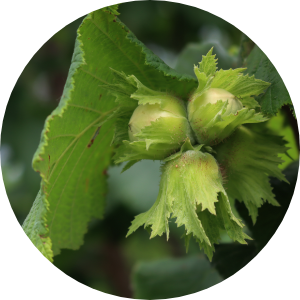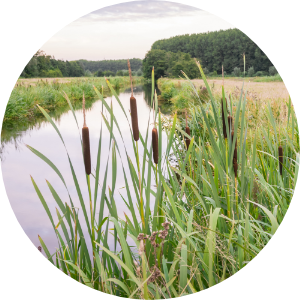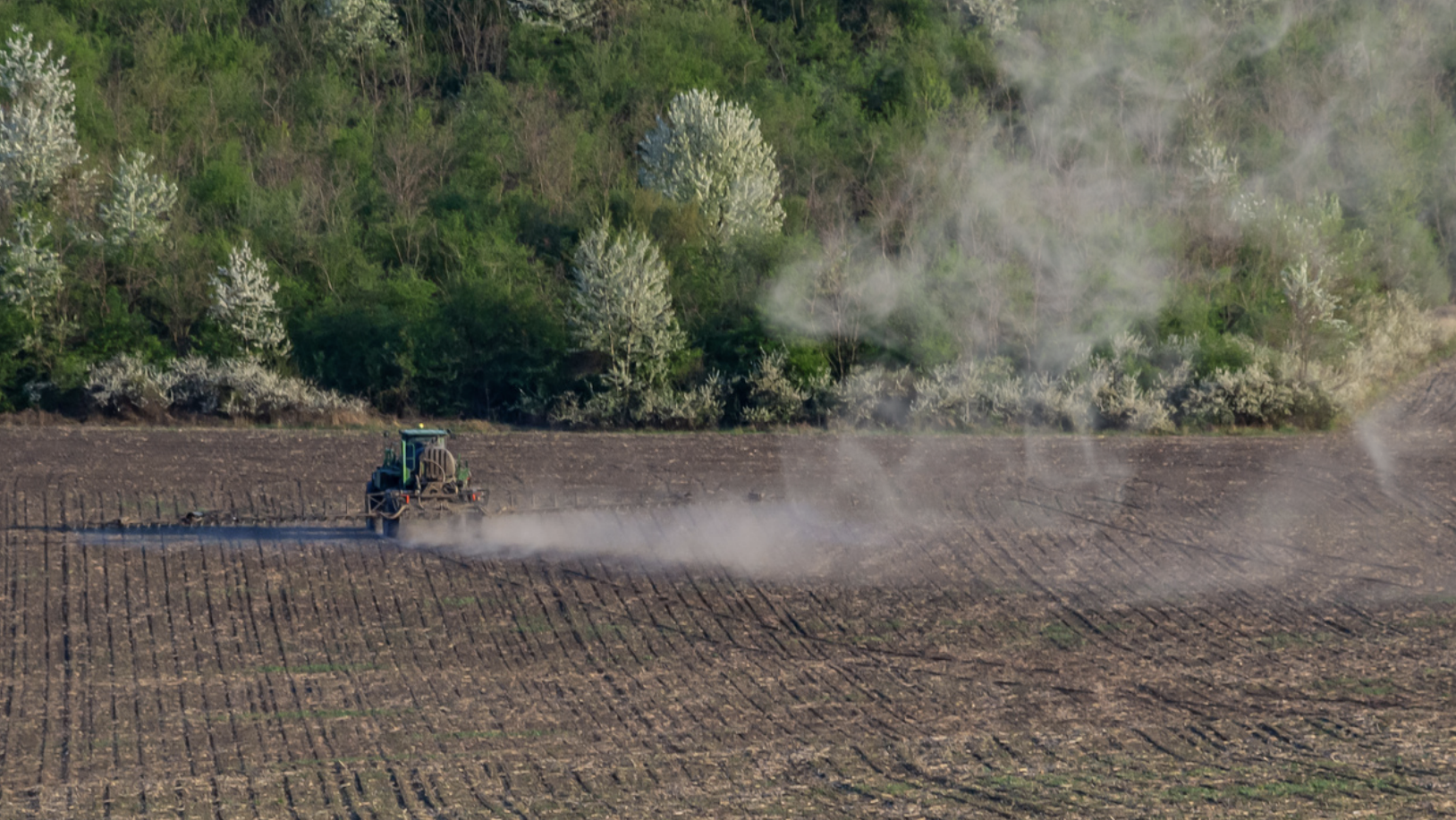Our Land
Protecting the Land that Sustains Us
From farm fields to forests, prairies to wetlands—Wisconsin’s land shapes our health, our water, and our future. Clean Wisconsin works to protect and restore these landscapes through sustainable practices, conservation efforts, and bold climate solutions.
Jump to Section
Explore Our Approach
Overview
The Groundwork for a Healthier Wisconsin
The land beneath our feet connects everything—our drinking water, food systems, wildlife, and climate resilience. But rapid development, pollution, and unsustainable land use are putting these systems at risk.
Conventional agriculture, which covers nearly 30% of Wisconsin, plays a major role. Fertilizer and pesticide runoff pollutes groundwater, soil erosion depletes nutrients, and methane from livestock fuels climate change. Meanwhile, we’ve lost over half our wetlands—natural infrastructure that filters water, prevents flooding, and stores carbon.
Protecting Wisconsin’s future means protecting its land—by advancing conservation, supporting sustainable farming, and preserving natural areas that defend against climate extremes.
14M+
Acres of Wisconsin land are used for agriculture
1M
Acres of Wisconsin land are used to grow corn for ethanol
5
percent of private wells in agricultural areas are contaminated with neonicotinoid pesticides
90%
Of nitrate pollution in private wells comes from ag sources
50%
Of Wisconsin’s wetlands have been lost
~8%
Of fields use cover crops to protect soil
Videos
Stories That Matter
https://youtu.be/HvPtQNNv_iE
From Hoops to Harvest: The Story of Beulah Family Homestead
https://youtu.be/WOjxCq5cZKI
Lessons and Traditions from Hmong American Farming in Wisconsin
KEY INITIATIVES
How We’re Protecting Wisconsin’s Land
From protecting wetlands to rethinking farming, Clean Wisconsin is working on the ground to protect what matters. We champion practical, science-backed solutions that support people, ecosystems, and the climate—all rooted in the land beneath our feet.

Supporting Sustainable Agriculture
We partner with farmers to reduce emissions, improve soil health, and keep pollution out of our water. With the right tools and support, agriculture can become a powerful climate solution.

Promoting Resilient Crops
Perennial crops like Kernza, hazelnuts, and aronia build healthier soil, resist drought, and offer new market opportunities for farmers.

Integrating solar into farmland
Solar farms offer Wisconsin farmers steady income, healthier land, and a way to power rural communities. With over 1,000 megawatts of new solar needed each year, integrating solar into farmland is key to reaching our climate goals.

Protecting Wetlands & Natural Areas
Wetlands absorb stormwater, filter water, reduce flooding, and provide essential habitat. We advocate for wetland protection and work to restore these ecosystems across the state.

Building a Roadmap to Net Zero for Farmers
To meet Wisconsin’s climate goals, we must transform how land is used. Our Natural Climate Solutions Roadmap helps align farming, forestry, and conservation with carbon-cutting strategies.
CONFRONTING CHALLENGES
Key Challenges We Must Address
Wisconsin’s land is under growing pressure. Pollution, outdated practices, and policy gaps threaten its health—and ours. To protect our water, climate, and communities, we must confront the root causes of land degradation and fight for smarter, more sustainable systems.
Nitrate Pollution
Fertilizer and manure runoff contaminates groundwater—especially in areas with porous soils. Nitrate pollution poses serious health risks and costs families thousands just to access clean drinking water.
Soil Erosion & Runoff
Monocropping and bare fields lead to erosion and nutrient loss. Only a small fraction of fields use protective practices like cover crops or conservation tillage.
Waste from Industrial Agriculture
CAFOs (concentrated animal feeding operations) produce immense volumes of manure, which can contaminate waterways and release harmful methane emissions.
Economic & Policy Barriers
Conservation practices are underfunded. Most subsidies still support polluting systems, while land costs and limited support push out young and new farmers.
A Generational Shift in Farming
With the average Wisconsin farmer now 56 and many nearing retirement, the future of farming hangs in the balance. High land prices and input costs make it difficult for new and young farmers to take over. As a result, rural communities risk losing both innovation and a new generation of land stewards.
SCIENCE & ANALYSIS
Our Land Science & Analysis
Explore data-driven strategies and policy recommendations guiding our work to protect Wisconsin’s land.

Visualizing Air Pollution Ammonia Emissions in Wisconsin

Corn Ethanol vs. Solar Land Use Comparison
Resources
Our Land Resources
Learn more about sustainable practices, land stewardship, and how you can help protect Wisconsin’s landscapes.
Press Releases
Fight to protect Wisconsin’s waterways and wetlands continues
What’s next for Line 5 after the Army Corps of Engineers granted a federal permit for the pipeline reroute project.
See NewsLatest News
Expert Insights
At the breaking point: The Line 5 contested case hearing
In northern Wisconsin, where the Bad River flows through the largest wild rice beds in the Great Lakes basin, a legal battle is looming. The outcome may decide the fate of a dangerous oil pipeline and the health of a fragile watershed.
Read MoreExpert Insights
Podcasts
Goodbye Grocery Store?
Meet the Wisconsin native who is foraging 100% of his food.
Listen NowLatest Podcast
Research and Analysis
The Cost of Nitrate Contamination in Wisconsin’s Drinking Water
Wisconsin faces a growing public health crisis caused by widespread nitrate contamination in our drinking water.
Explore ResearchLand and Health
Frequently Asked Questions
Our Land FAQs
Why does land use matter for climate and water?
Land use affects everything from carbon storage to runoff. Sustainable practices reduce emissions, protect drinking water, and keep ecosystems healthy.
What role do wetlands play?
Wetlands absorb floodwaters, trap pollution, and store carbon. Restoring wetlands is one of the most cost-effective ways to boost climate and water resilience.
Can agriculture help solve climate change?
Yes. With regenerative practices, farming can shift from being a top emitter to a powerful climate solution.
How can I help?
Support sustainable farmers, restore native landscapes, reduce lawn chemicals, and advocate for land-friendly policies at every level. And join our Action Network to be alerted when your voice can make a difference.
SIGN UP
Join the Fight for Our Land
Sign Up For Email Updates
"*" indicates required fields